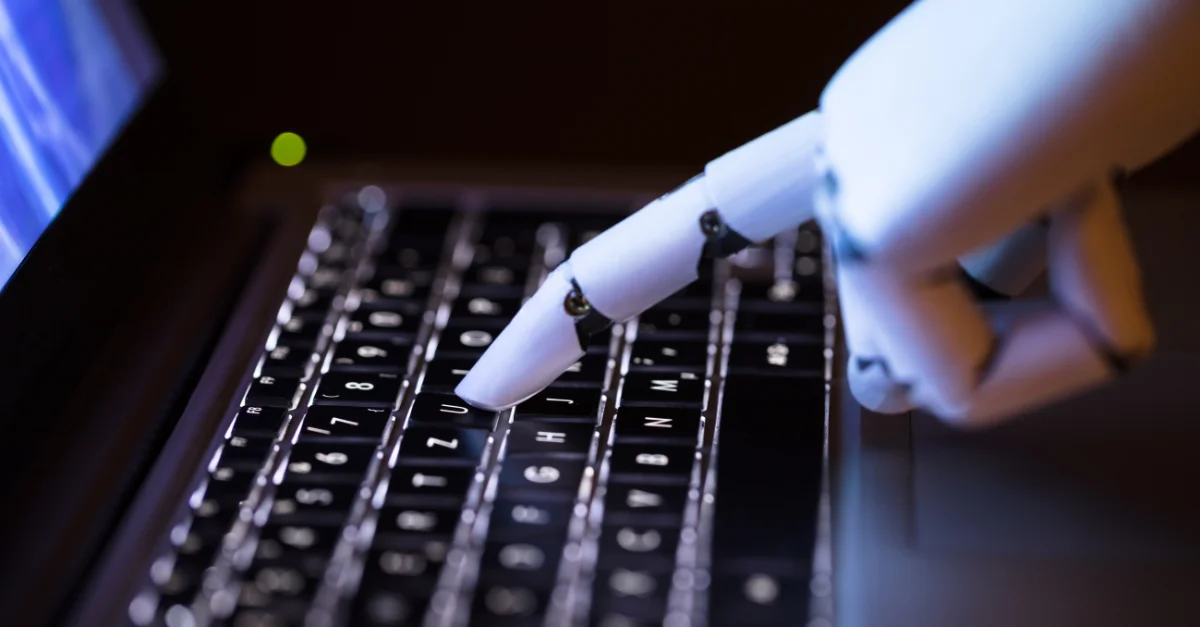Security Information and Event Management (SIEM) systems act as the primary tools for detecting suspicious activity in enterprise networks, helping organizations identify and respond to potential attacks in real time. However, the new Picus Blue Report 2025, based on over 160 million real-world attack simulations, revealed that organizations are only detecting 1 out of 7 simulated attacks, showing a critical gap in threat detection and response.
While many organizations believe they’re doing everything they can to detect adversary actions, the reality is that a large number of threats are slipping through their defenses unnoticed, leaving their networks far too vulnerable to compromise. This gap in detection creates a false sense of security when attackers have already accessed your sensitive systems, escalated their privileges, or are actively exfiltrating your valuable data.
Which begs the question: why, after all this time, money, and attention, are these systems still failing? Especially when the stakes are so high. Let’s see what The Blue Report 2025 tells us about several lingering core issues regarding SIEM rule effectiveness.
Log Collection Failures: The Foundation of Detection Breakdowns
SIEM rules act like a security guard who monitors incoming and outgoing traffic for suspicious behavior. Just as a guard follows a set of instructions to identify threats based on specific patterns, SIEM rules are pre-configured to detect certain activities, such as unauthorized access or unusual network traffic. When a specific event matches a rule, it triggers an alert, allowing security teams to respond swiftly.
For SIEM rules to work effectively, however, they need to analyze a set of reliable and comprehensive logs. The Blue Report 2025 found that one of the most common reasons SIEM rules fail is due to persistent log collection issues. In fact, in 2025, 50% of detection rule failures were linked to problems with log collection. When logs aren’t captured properly, it’s all too easy to miss critical events, leading to a dangerous lack of alerts, a false sense of security, and a failure to detect malicious activity. Even the most effective rules quickly become useless without accurate data to analyze, leaving their organizations vulnerable to attacks.
Common log collection issues include missed log sources, misconfigured log agents, and incorrect log settings. For example, many environments fail to log key data points or have problems with log forwarding, preventing pertinent logs from reaching the SIEM in the first place. This failure to capture critical telemetry significantly hampers a SIEM’s ability to detect an attacker’s malicious activity.
Misconfigured Detection Rules: Silent Failures
Even when logs are collected properly, detection rules can still fail due to misconfigurations. In fact, in 2025, 13% of rule failures were attributed to configuration issues. This includes incorrect rule thresholds, improperly defined reference sets, and poorly constructed correlation logic. These issues can cause critical events to be missed or trigger false positives, undermining the effectiveness of the SIEM system.
For example, overly broad or generic rules can lead to an overwhelming amount of noise, which often results in important alerts being buried in the signal, missed entirely, or mistakenly ignored. Similarly, poorly defined reference sets can cause rules to miss important indicators of compromise.
Performance Issues: The Hidden Culprits of Detection Gaps
As SIEM systems scale to handle more data, performance issues can quickly become another major hurdle. The report found that 24% of detection failures in 2025 were related to performance problems, such as resource-heavy rules, broad custom property definitions, and inefficient queries. These issues can significantly slow down detection and delay response times, making it harder for security teams to act quickly when they’re actively under attack.
SIEM systems often struggle to process large volumes of data, especially when rules are not optimized for efficiency. This leads to slow query performance, delayed alerts, and overwhelmed system resources, further reducing the organization’s ability to detect real-time threats.

Three Common Detection Rule Issues
Let’s take a closer look at the three most common log collection issues highlighted in the Blue Report 2025.
One of the most significant problems impacting SIEM rule effectiveness is log source coalescing. This occurs when event coalescing is enabled for specific log sources like DNS, proxy servers, and Windows event logs, leading to data loss. In this case, important events may be compressed or discarded, resulting in incomplete data for analysis. As a result, critical threat behaviors can easily be missed, and detection rules can quickly become less and less effective.
Another prevalent issue is unavailable log sources, which account for 10% of rule failures. This often happens when logs fail to transmit data due to network disruptions, misconfigured log forwarding agents, or firewall blocks. Without these logs, the SIEM system cannot capture critical events, resulting in detection rules failing to trigger alerts.
Lastly, delaying the implementation of cost-effective test filters is a common cause of detection failures. When detection rules are too broad or inefficient, the system processes excessive amounts of data without effective filtering. This can overwhelm the system, slowing performance and risking your security teams missing key events. According to the report, 8% of detection failures are related to this issue, highlighting the need for optimized, cost-effective filtering.
Continuous Validation: Ensuring SIEM Rules Stay Effective Against Evolving Threats
While detection rules are foundational to SIEM systems, they can quickly lose relevance without continuous validation. Adversaries are constantly evolving their tactics, techniques, and procedures (TTPs), and SIEM rules designed to detect known patterns become ineffective if they’re not being regularly tested against real-world threats.
The Blue Report 2025 emphasizes that, without ongoing testing, even well-tuned SIEM systems can easily become vulnerable to attacks. Continuous validation ensures that security teams don’t just rely on static configurations, but regularly prove that their detection capabilities are working against the latest adversary behaviors. This proactive approach closes the gap between the theoretical protection offered by detection rules and the practical, real-world effectiveness organizations need against ever-evolving threats.
By simulating real-world adversary behaviors, security teams can evaluate whether their detection rules are countering the newest attack techniques, making sure they’re properly tuned for specific environments, and that they’re identifying malicious behaviors in a timely manner.
Regular exposure validation, through tools like Breach and Attack Simulation, allows organizations to always be testing and fine-tuning their controls. This approach makes it easier to identify their blind spots and improve their defenses, ensuring that SIEM rules are effective, not just at detecting past attacks, but at preventing future ones as well. Without continuous validation, organizations risk their data, brand reputation, and bottom line to outdated or ineffective defenses, putting their most critical assets at unnecessary risk.
Closing the Gaps in SIEM Detection
Neglected SIEM rules will inevitably fail to detect modern threats. Log collection failures, misconfigurations, and performance bottlenecks create blind spots, while static rules quickly lose effectiveness against evolving attacker tactics and techniques. Without continuous validation, organizations risk operating under a false sense of security, leaving critical systems and data exposed to compromise.
To stay ahead, security teams must regularly test and tune their SIEM rules, simulate real-world attacks, and validate detection pipelines against the latest adversary behaviors. Tools like Breach and Attack Simulation enable organizations to uncover hidden gaps, prioritize high-risk exposures, and ensure that their defenses are working when it matters most.
See where your SIEM is succeeding and where it might be silently failing. Download the Blue Report 2025 today for actionable insights and recommendations to strengthen your detection and prevention strategies against tomorrow’s attacks.











